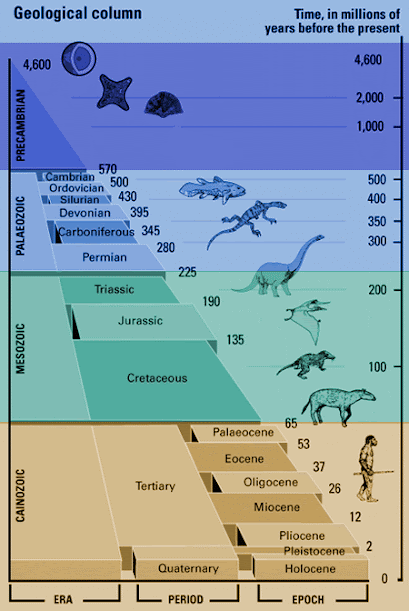
The path of the propagation of light is quantized.. The velocity of each photon is c, which is one planck length per planck second, both traveling 32 planck lengths per period. Notice that the light strikes the top and bottom of both of the atomic clocks simultaneously.
the ordinary continuous Euclidean distance of the path of light for the moving clock is longer than the distance of the stationary clock, by a maximum factor of √2 to 1 for a velocity of c.. Here, for the digital metric, using the Chebyshev distance, the distance of the path of light for the moving clock and the stationary clock are equal, as the diagonal of a digital square is the same length as its edge.
The path of light through spacetime for the moving clock is longer if measured using the standard Euclidean metric, but the path of light for the two clocks are the same in using the Chebyshev metric, or quantum metric.
This means that simultaneity is preserved according to both metrics, though in the Euclidean metric spacetime distance is longer for the moving clock. Since light is quantized, we use the Chebyshev metric to measure its distance.




































































